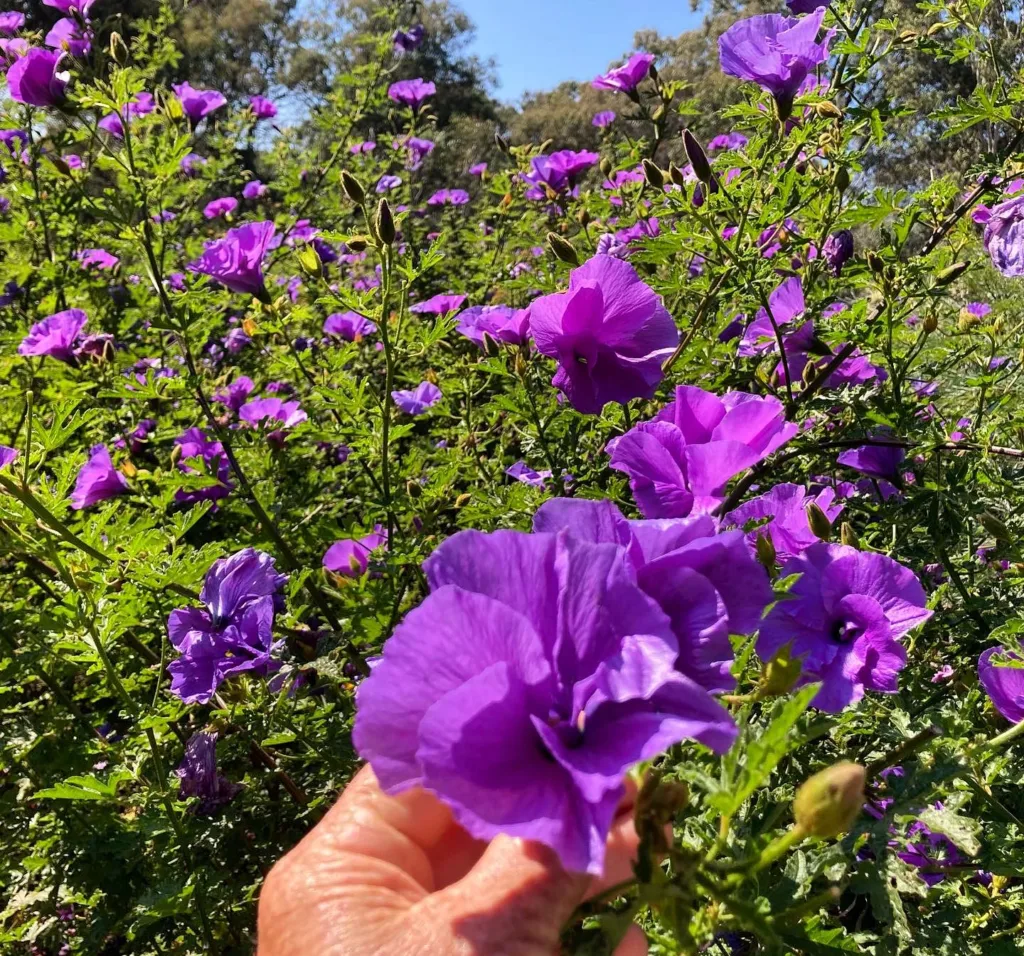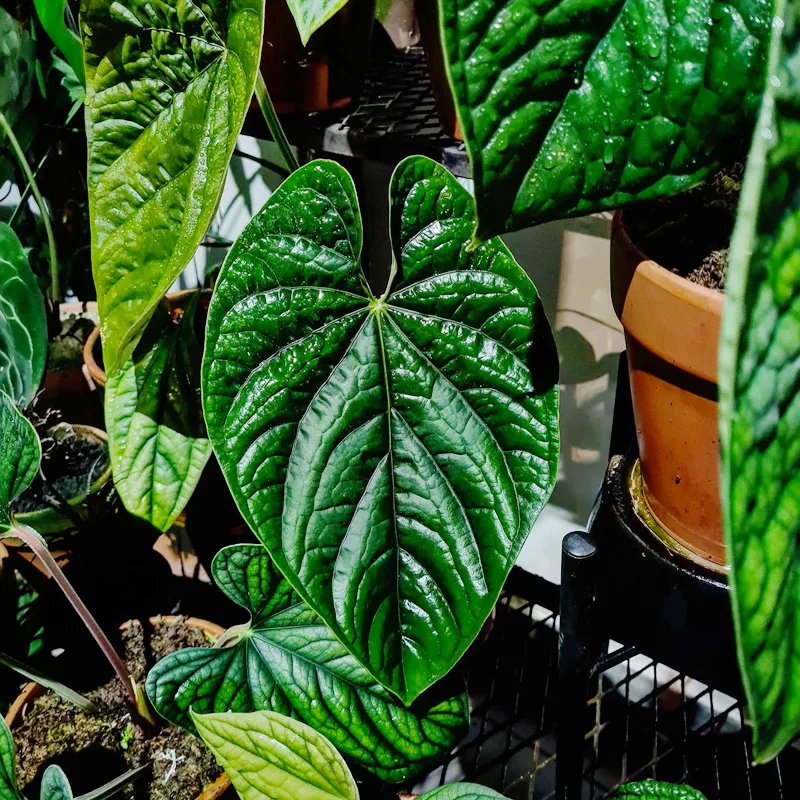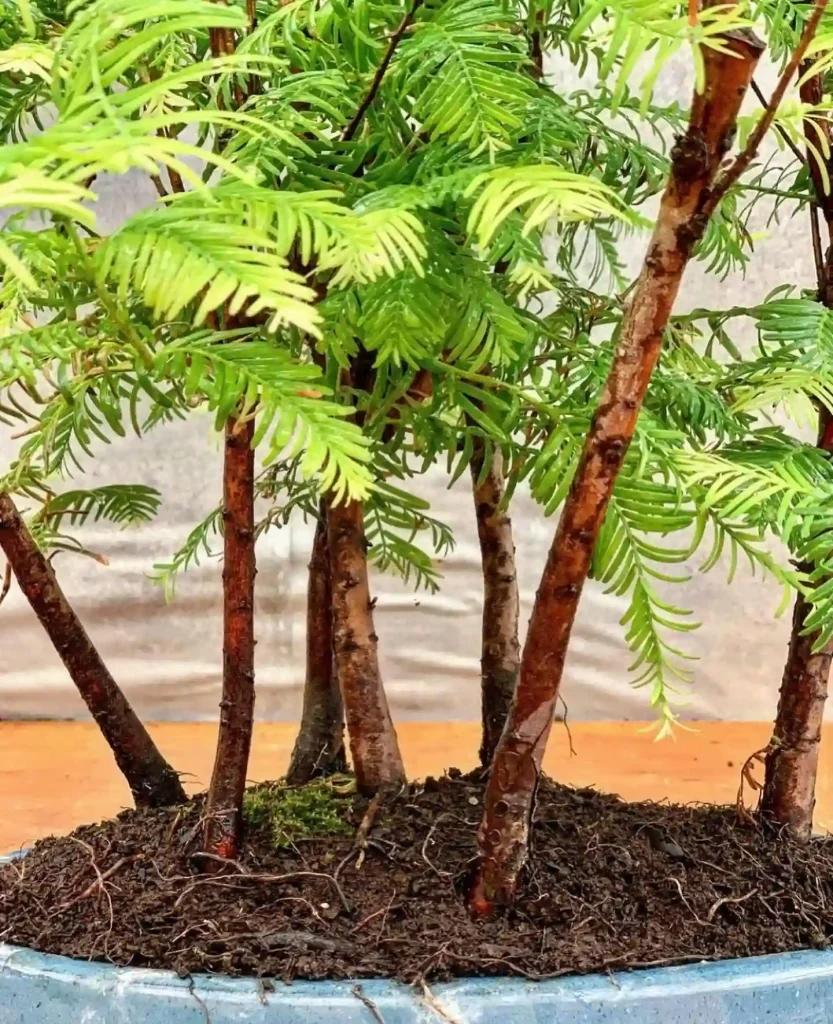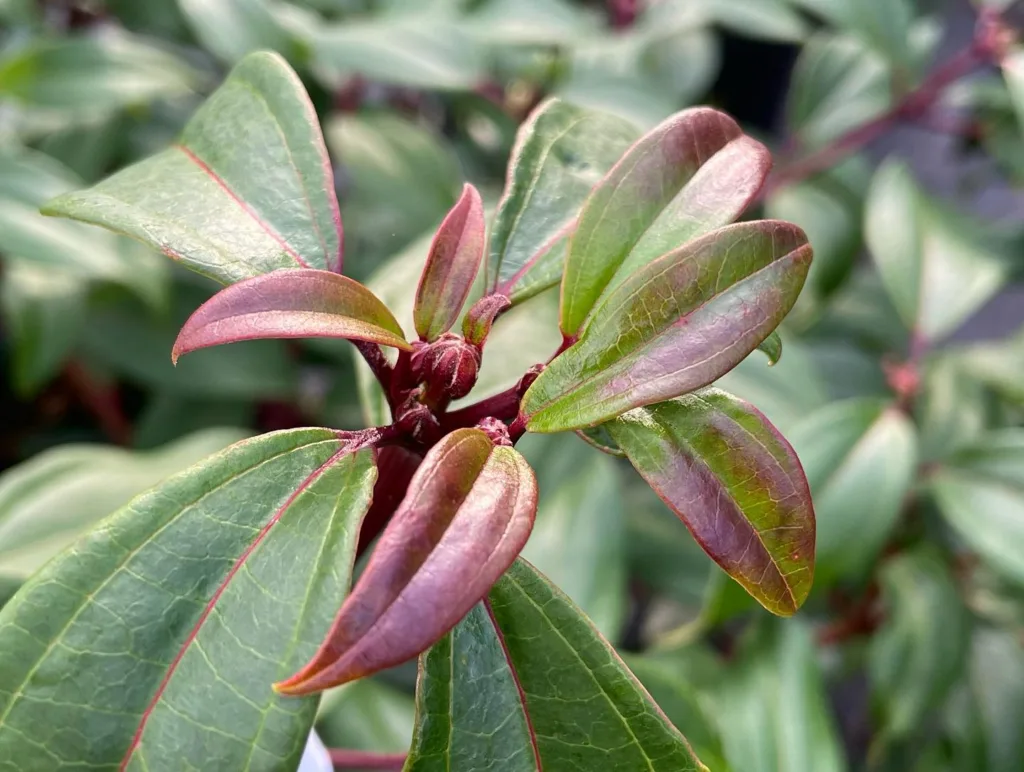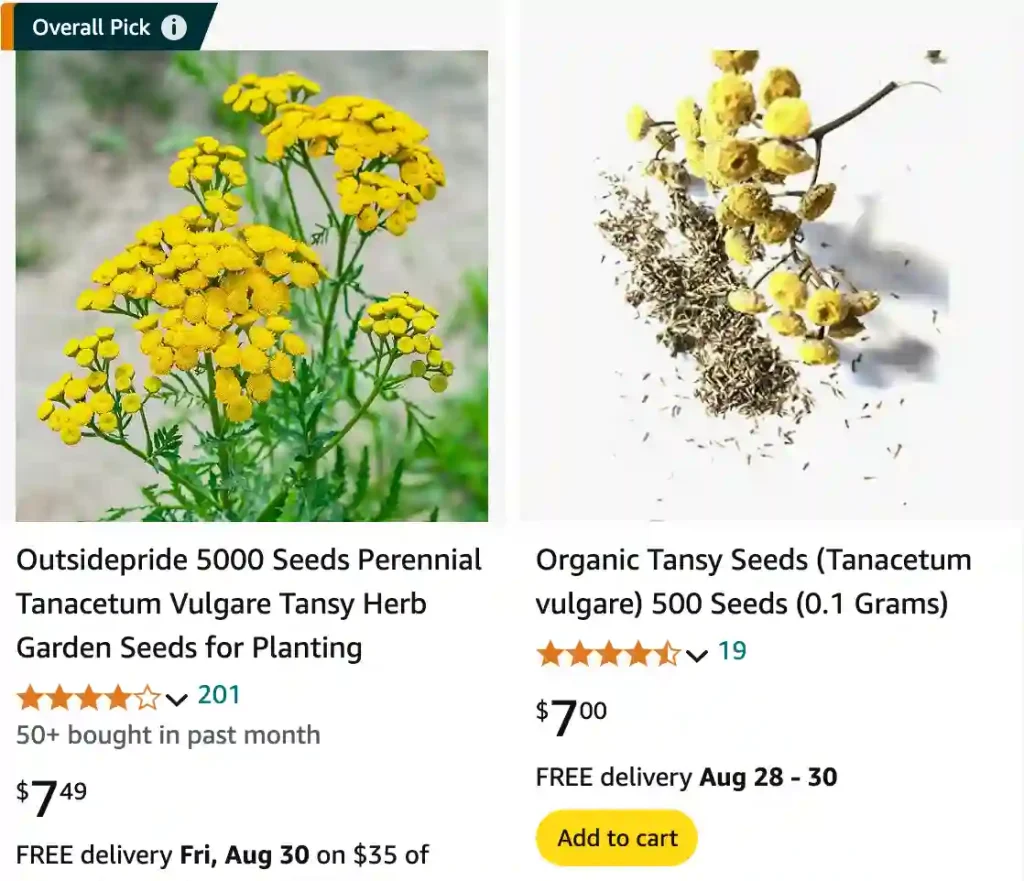
What is Tansy?
Tansy, scientifically known as Tanacetum Vulgare, is a perennial herb native to Europe and Asia. It’s known for its feathery, fern-like leaves and bright yellow, button-like flowers that bloom in late summer. Tansy has been used historically in traditional medicine and as a natural insect repellent. However, it’s crucial to understand its various characteristics and uses to fully appreciate this unique plant.
What Does Tansy Look Like?
Tansy is a visually striking plant. It typically grows up to 3 to 4 feet tall with deeply divided, aromatic leaves. The plant’s flowers are clustered in dense, yellow buttons that appear in late summer. The leaves and stems are green and covered with fine, soft hairs, giving them a somewhat fuzzy appearance.
Is Tansy Poisonous?
Yes, tansy is considered toxic if ingested in large amounts. It contains compounds such as thujone that can cause nausea, vomiting, and even convulsions. The plant’s toxicity is a significant reason why it should be handled with care and not used in large quantities for medicinal purposes or in culinary applications.
How Tall Does Tansy Grow?
Tansy can reach a height of 3 to 4 feet, depending on growing conditions. It’s a robust plant that thrives in well-drained soil and can spread quite vigorously if not controlled.
Is Tansy Invasive?
Tansy can be invasive in some areas due to its vigorous growth and spreading nature. It can outcompete native plants and spread rapidly, especially in disturbed soils. If you’re planting tansy in your garden, it’s essential to manage its growth to prevent it from becoming a problem.
Can Goats Eat Tansy?
Goats generally avoid eating tansy due to its bitter taste and toxic properties. While goats might nibble on it occasionally, it’s not a preferred food source for them. If you have goats, it’s best to ensure they don’t have access to large quantities of tansy.
What Does Tansy Do for Skin?
Tansy has been used traditionally for its antiseptic and anti-inflammatory properties. It can help in treating minor skin irritations and infections. However, due to its potential toxicity, it’s not commonly used in modern skincare practices. Always consult with a dermatologist before using tansy or any herbal remedy on your skin.
How to Dry Tansy?
To dry tansy, cut the stems when the plant is in full bloom. Tie them in small bundles and hang them upside down in a well-ventilated, dry area away from direct sunlight. Once the flowers and leaves are crisp and dry, store them in an airtight container in a cool, dark place.
Will Vinegar Kill Tansy?
Vinegar can be effective in killing tansy, especially if applied directly to the plant. The acetic acid in vinegar helps to dehydrate and kill the plant. However, this method might also harm surrounding plants and soil, so use it with caution.
Tansy vs. Yarrow
Tansy and yarrow (Achillea Millefolium) are often compared due to their similar appearance and medicinal uses. Tansy has button-like yellow flowers and aromatic leaves, while yarrow features flat-topped clusters of white or pink flowers and finely dissected leaves. Both have been used for their medicinal properties, but tansy is more toxic and less commonly used today compared to yarrow, which is valued for its ability to promote wound healing and reduce inflammation.
Tansy vs. Blue Tansy
Tansy (Tanacetum Vulgare) and Blue Tansy (Tanacetum Annuum) are distinct plants. Tansy is a robust perennial with yellow flowers, while Blue Tansy is known for its blue essential oil and calming properties. Blue Tansy is used primarily in skincare and aromatherapy, whereas tansy is more commonly associated with traditional herbal medicine and pest control.
How to Propagate Tansy?
Tansy can be propagated through seeds or division. For seeds, sow them in early spring directly into the soil or start them indoors before transplanting. For division, dig up mature plants in early spring or fall and divide the root clumps. Replant the divisions in well-drained soil with ample sunlight.
How to Care for Tansy?
Tansy thrives in full sun and well-drained soil. It’s relatively low-maintenance but benefits from occasional watering during dry periods. To control its spread, deadhead the flowers before they go to seed and manage its growth to prevent invasiveness.
Common Problems with Tansy
One common problem with tansy is its invasive nature. It can quickly spread and outcompete other plants. Additionally, its toxicity can be a concern for pets and livestock. Regular maintenance and management are essential to keep it under control.
Understanding these aspects of tansy can help you make informed decisions about growing and using this unique plant. Whether you’re considering it for your garden or for its medicinal properties, knowing its characteristics and potential risks is crucial.
